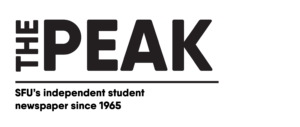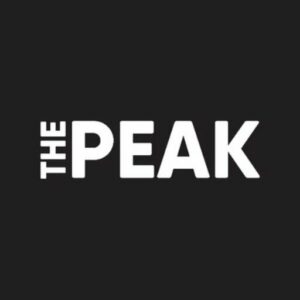By: Yildiz Subuk, Staff Writer and Yasmin Hassan, Staff Writer
The impact of Ramadan beyond the religious practices — Yildiz Subuk
Ramadan, the ninth month in the Islamic calendar, is the most important time for Muslim communities. It’s a time when many connect with religion, culture, and their loved ones. For me, it’s a time for my family and I to sit together at the dinner table as we start and end our fast. It is also a time of compassion. While Muslims encompass a deep connection to Ramadan for many reasons, such as it being the month that the Qur’ān (the Islamic holy text) was introduced, it is also a time when Muslims increase their support for marginalized groups around the world. To put it simply, Ramadan is more than a customary religious practice, but also a time to embrace gratitude and find ways to support others in need.
Ramadan is a time for many members of the Muslim community to engage with humanitarian efforts. Nearly 70% of American Muslims give to charities during Ramadan, as it is a time of heightened compassion. A topic of discussion during iftar (meal to break our fast after sunset) for my family has to do with gratitude. When we engage in gratitude we also reflect on the world around us, especially those who are less fortunate. We spend time reflecting on our privilege and luck.
The older I get, the more I realize that fasting extends beyond discipline. While Muslims don’t eat from sunrise to sunset, there are many other customs we engage in. Fasting is not just discipline, but also a lesson in patience. Through patience we understand compassion, and once compassion is deep within our daily lives, we begin to understand that the next step is action. Zakat is one of the five pillars of Islam. It encourages us to donate 2.5% of our savings (if feasible) to charity. Zakat is a reminder of how our wealth is a privilege.
Zakat, as well as the communal acknowledgement of action to those who are in need, signifies the vital influence of Ramadan outside pure spirituality. This is a time for many members of the community to mobilize support for struggling nations across the world. This year specifically sees the need to support Palestinians who are suffering under the brutal Israeli occupation. Through Zakat, many Muslims donate through charities like Islamic Relief to aid the people suffering.
For the past year, Ramadan has been filled with grief. Many Muslims are filled with sorrow about the devastating situation in Palestine. We acknowledge the hurt and suffering of the communities across the globe, as many people in Gaza take part in Ramadan without proper access to food or water, as the Israeli Occupation Forces block humanitarian aid. Now more than ever, Ramadan has become a vessel for the Muslim community to channel our efforts, not only to exercise compassion, but find ways to take action.
“Through patience, we understand compassion, and once compassion is deep within our daily lives, we begin to understand that the next step is action.”
Think fast! What are you eating at iftar? — Yasmin Hassan
The religious significance of dates in Islam comes from the tradition of Prophet Muhammad (peace be upon him) who is reported to have broken his fast with this fruit. This practice is based on hadith — sayings and actions of the Prophet — and is widely followed by Muslims around the world during Ramadan. When fasting, and especially during the first few days of Ramadan, it’s easy to fall into the habit of overeating when it’s time for iftar — the first meal eaten after fasting for the day. However, dates are packed with fibre, sugar, minerals, and a bit of protein and fat, making them perfect for satiating the pang of hunger and providing a quick source of energy after a long day.
There are many different kinds of dates, each with unique flavours and textures. Some popular varieties include Medjool, known for its large size and soft, caramel-like taste; Deglet Noor, which are smaller and slightly drier with a firm texture; and Ajwa, a highly-prized variety in Islamic tradition with a slightly wrinkled appearance and rich flavour, grown exclusively in Medina, Saudi Arabia.
When I was a kid, the few times I tried fasting, I always looked forward to drinking and eating the dates soaked in milk that my dad had set aside in the fridge the night before. Imagine the best part of eating your favourite cereal — the sugary, caramel-infused milk left at the bottom of the bowl. I loved breaking fast with my family because, for once, we all had a shared moment over food. On most days, we ate at different times, but during Ramadan, dinner was sacred, uniting us at the table. It was especially fun for me as a kid staying up later than my bedtime, as my parents were eating their suhoor — the meal eaten before fasting, just before sunrise — before calling it a night.
Recently, I’ve been reinventing ways to eat dates, like making walnut date squares with date filling between two layers of buttery crumb cookie and topped with hazelnuts or walnuts for extra crunch. Another easy recipe I love to make even beyond Ramadan is chocolate-dipped dates stuffed with some sort of nut (preferably walnuts), which tastes especially good with dark chocolate and paired with a black tea. There’s obviously the well-known sticky toffee pudding that is made with a moist, date-infused sponge cake and toffee sauce, but I haven’t made that yet. More than baked goods and desserts, I’ve started to add them into smoothies for added fibre and as a natural sweetener, something that I fervently look forward to downing after tiring volleyball games. Their versatility never ceases to surprise me.






















































